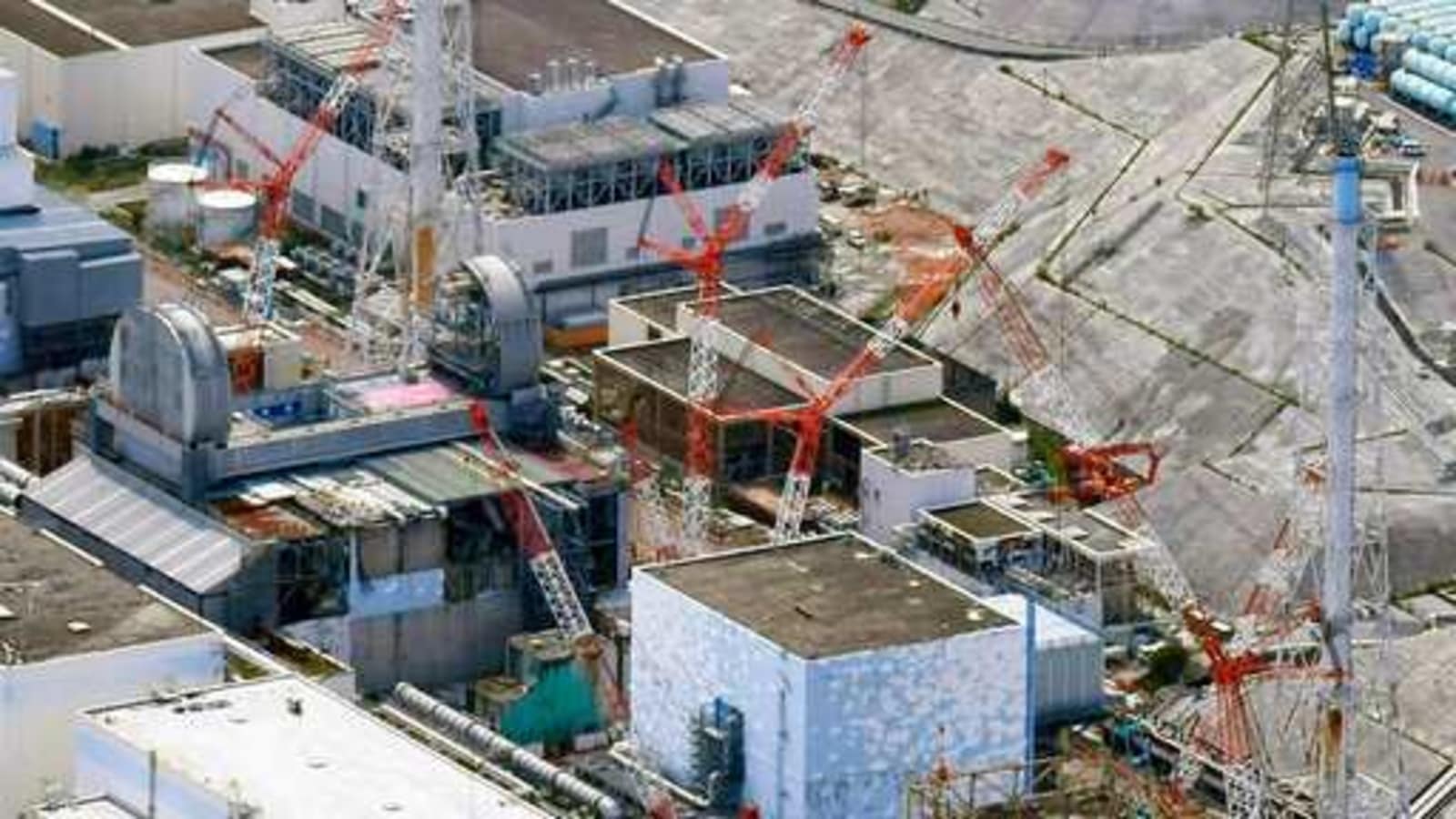


However, that chart did not actually track or measure radioactive discharge emanating from Fukushima in 2013, or any other aspect of the Fukushima disaster. References to these news accounts were widely circulated on the Internet accompanied by a color graphic supposedly showing the flow of radioactive discharge from Fukushima all the way across the Pacific Ocean to the western coasts of North and South America and down to Antarctica: "Right now, we have an emergency," he said. "This is why you can't just leave it up to Tepco alone" to grapple with the ongoing disaster. Tepco's "sense of crisis is weak," Kinjo said. Ĭountermeasures planned by Tokyo Electric Power Co (Tepco) are only a temporary solution, he said. This contaminated groundwater has breached an underground barrier, is rising toward the surface and is exceeding legal limits of radioactive discharge, Shinji Kinjo, head of a Nuclear Regulatory Authority (NRA) task force. Highly radioactive water seeping into the ocean from Japan's crippled Fukushima nuclear plant is creating an "emergency" that the operator is struggling to contain, an official from the country's nuclear watchdog said on Monday. In August 2013, news accounts quoted an official from Japan's Nuclear Regulatory Authority as stating that highly radioactive water was seeping from the plant into the Pacific Ocean and creating an "emergency" situation that the plant's operators were not adequately containing:
#NUCLEAR REACTOR MELTDOWN JAPAN DECEMBER 2013 SERIES#
The massive (8.9) Tohoku earthquake and subsequent tsunami that hit Japan in March 2011 resulted in a series of equipment failures, nuclear meltdowns and releases of radioactive materials from the Fukushima I Nuclear Power Plant, the largest nuclear disaster since the catastrophic accident at the Chernobyl Nuclear Power Plant in Ukraine in April 1986.


 0 kommentar(er)
0 kommentar(er)
